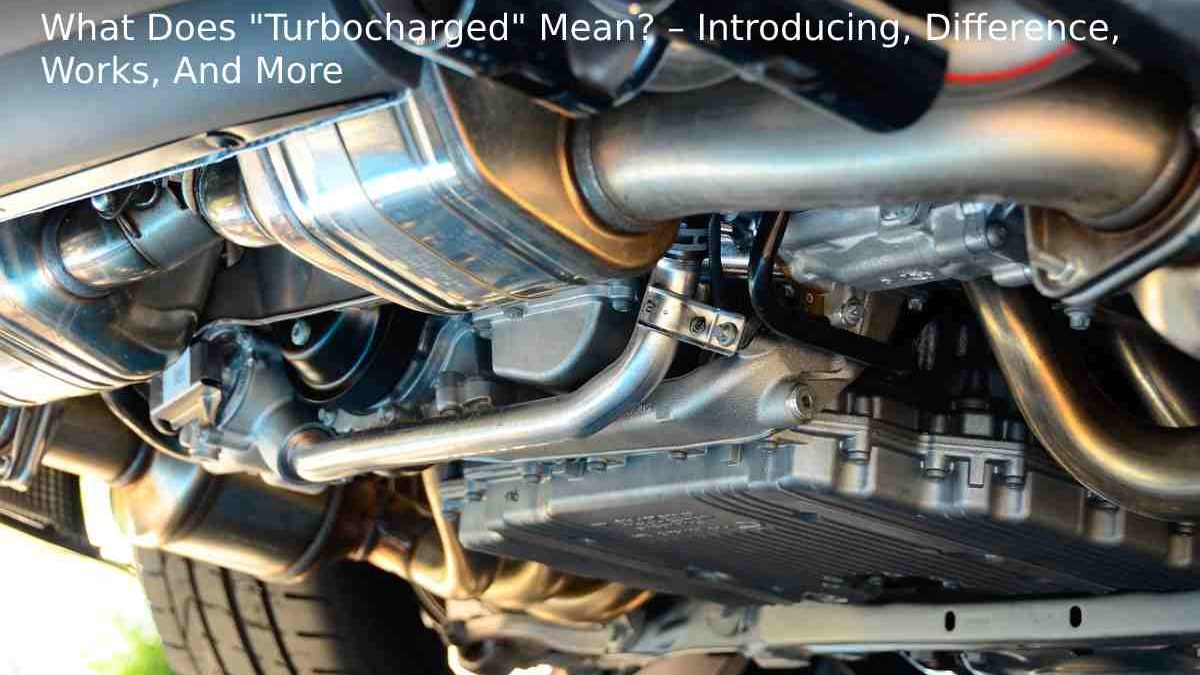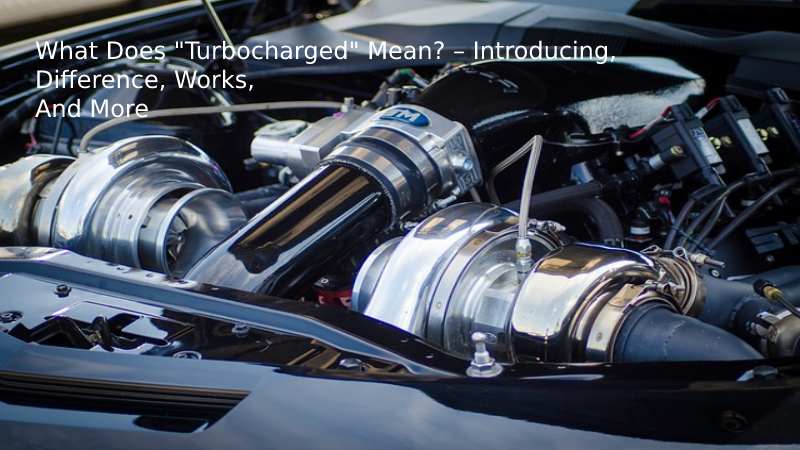Table of Contents
Turbocharged Motorcycles – Introducing
Turbocharged motorcycles were tried, but nowadays, they are not seen in the catalogues. According to our friends from Diaromatic. There are several causes for this to happen, although before we will remember some motorcycles that in previous years did use this type of motorization. A list that of course heads the Honda CX500 Turbo. The most popular of all. But always consider the Kawasaki Z1R-TC as the first of the turbocharged bikes.
This means that turbocharged engines can be lesser than conventional engines but still produce the same amount of power. This is what gives turbocharged vehicles the ability to quickly and powerfully accelerate.
At the beginning of the 80s, when these turbocharged motorcycles appeared, the technology of this type was beginning. The cars with these characteristics were few and did not yet achieve the reliability of our days, so we can imagine what was happening with the motorcycles. The Honda CX500 had everything to be a great motorcycle, but it was not.
It was a very advanced motorcycle for the time. At least, that is what ideomotor reminds us: “not only did it use liquid cooling, but it also had electronic fuel injection. The development of the supercharging system was long and arduous, as was its packaging and “‘plumbing'”, all this despite its power of 80 horsepower, double that achieved by the atmospherically aspirated model.
The Launch of Turbocharged Motorcycles
The launch of the CX500 forced Yamaha, Kawasaki, and Suzuki to launch turbocharged bikes developed quickly. All of them were carburetted, and some were not even liquid-cooled. “All this madness lasted only three years: production of turbocharged bikes ceased in 1985. Just three years after the launch of the popular Honda CX500 Turbo.”
These turbocharged motorcycles were complicated and complex on a technical level, but they were not suitable for all audiences. They were visceral bikes, violent, temperamental and with too much torque for the average fan to control at first. Like the Kawasaki GPZ750 Turbo, both motorcycles exceeded 110 horsepower. They were capable of doing a quarter-mile of fewer than 11 seconds, something that only a sports car with a minimum of 700 horses is capable of doing.
What is the Difference Between Turbocharger, Supercharger, or Both
The extra air pushed into the chamber means that, in turn, more fuel pull into the room. This improves power and boosts your engine because the extra fuel combusts faster than an engine that uses “normal” aspiration.
However, turbocharged engines haven’t always been called by that name –they as turbosuperchargers because back in the day, “supercharger” meant any machine that used force induction to boost power and fuel efficiency. However, there’s a difference between the two types of chargers now – here’s the lay of the land:
A turbocharged engine uses a turbine power by the engine’s exhaust gas to force that extra air into the combustion chamber subsequently.
A supercharged engine, on the other hand, uses a mechanically-driven process. This charger power a belt attached to a crankshaft. And just for reference’s sake, a twin charger is an engine that uses both.
Here are some key points to consider before decking out your Clermont Toyota:
Turbocharged engines do have lag. Why?
Because there’s a brief period between when you demand increased power and the actual act of pushing the extra compressed air into the combustion chamber. Why? Because turbochargers rely on that exhaust gas to power the turbine, and when your Clermont Toyota is idling or travelling at a low speed, it takes a bit more time to build up the exhaust gases needed.
Supercharged engines aren’t without disadvantages, either. This type of charger puts the machine through extra wear and tear since it’s mechanically driven. Additionally, it uses some of the horsepowers that the engine is initially creating to create More horsepower. You’ll come out ahead in terms of power, but not without extra wear on the machine. These types of chargers also create more excess heat, which makes your engine work harder to stay cool.
How Does a Turbocharged Engine Work?
In simplest terms, a turbocharger attraction in air bandages it and then feeds the pressurized air into your engine’s intake various. This dense, pressurized air then forcefully enters the fire space when the piston makes a downstroke. With more oxygen entering your machine quicker, you can burn more fuel. And when you burn more energy, you make more power.
That’s only one part of the turbocharging process, though. After the fire cycle has completed, the hot waste gas exits the combustion chamber through an exhaust outlet. As the waste gas exits, the turbocharger passes and spins a compressor wheel.
As the compressor wheel rotations, it attracts impressive cool air from the opposite side of the turbo, preliminary the procedure again. It’s not a complicated process, but this can be hard to envision, so have a look at this diagram
Conclusion
However, a turbocharged engine’s efficiency can quickly fall off if you begin to drive aggressively. For a machine to operate properly and not break down, it must achieve a proper air-fuel mixture ratio in the combustion chamber. A turbo will power more oxygen into the engine, particularly under weighty throttle, so the motor will also burn more fuel in such a scenario.
Turbochargers also increase the atmospheric pressure in your engine. When dealing with high engine pressure. You risk experiencing ‘pre-ignition’ – which is when raw fuel ignites before the spark plugs can ignite it. Accelerate hard with a turbocharged car, and the engine pressures will spike immensely. Increasing the chances of pre-ignition. Modern engines come with a blow sensor and software that help prevent pre-ignition by detecting it early and spraying additional fuel into the chamber, further reducing fuel economy.
Also Read: What is Vehicle Maintenance – Introduction, Importance, Tips, And More



